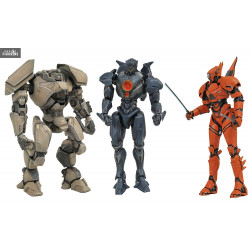


Go light or heavy with placement density.They will be placed randomly, but in equal proportions. Any number of source objects/groups/Components may be selected.That’s the simplest operation, but there are many options to make this a flexible and powerful tool: Release that mouse button when done with your stroke. Then, click on the object you’d like to spray the geometry onto, and drag to paint. Select your source geometry, which may be any number of objects, groups, or components. Paint Objects uses a spray-paint metaphor to dynamically place objects onto other objects. With the LAB’s new Paint Objects tool, placing those thousand stones is as simple as a click-drag of the mouse.

And bear in mind that you won’t want those stones to self-intersect, so you’ll have to be careful. To instance a thousand randomly-oriented, unique stones might mean many thousands of clicks for placement, scaling, and rotation. In the past, placing convincingly random entourage could be a bit of a chore. And the development’s relationship to the existing natural context must be made clear to all stakeholders. The design intent of the house is mischaracterized if its edges are not ‘eased’ by the landscaping. In the case of the museum, it will feel sterile and unapproachable if not sufficiently populated with small groups of visitors. Entourage elements are not ust decoration, but serve to complete the site’s character, or to demonstrate how people will use the space. Most architectural presentations require more that a photographic backdrop to bring it to life. A dryscaped home surrounded by artfully arranged boulders, small stones, and grasses.Ī wooded hill, with trees thinning at the edge of new development.


 0 kommentar(er)
0 kommentar(er)
